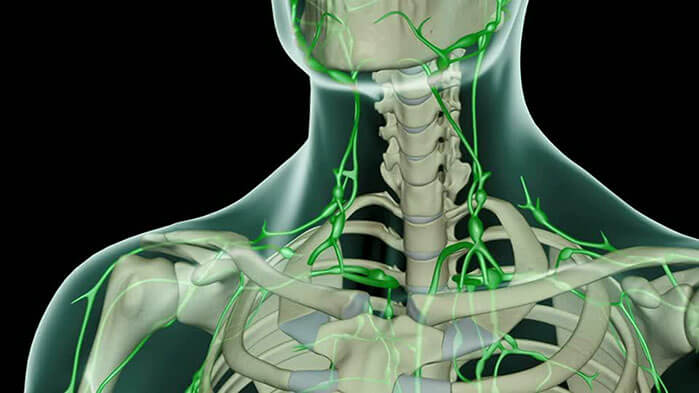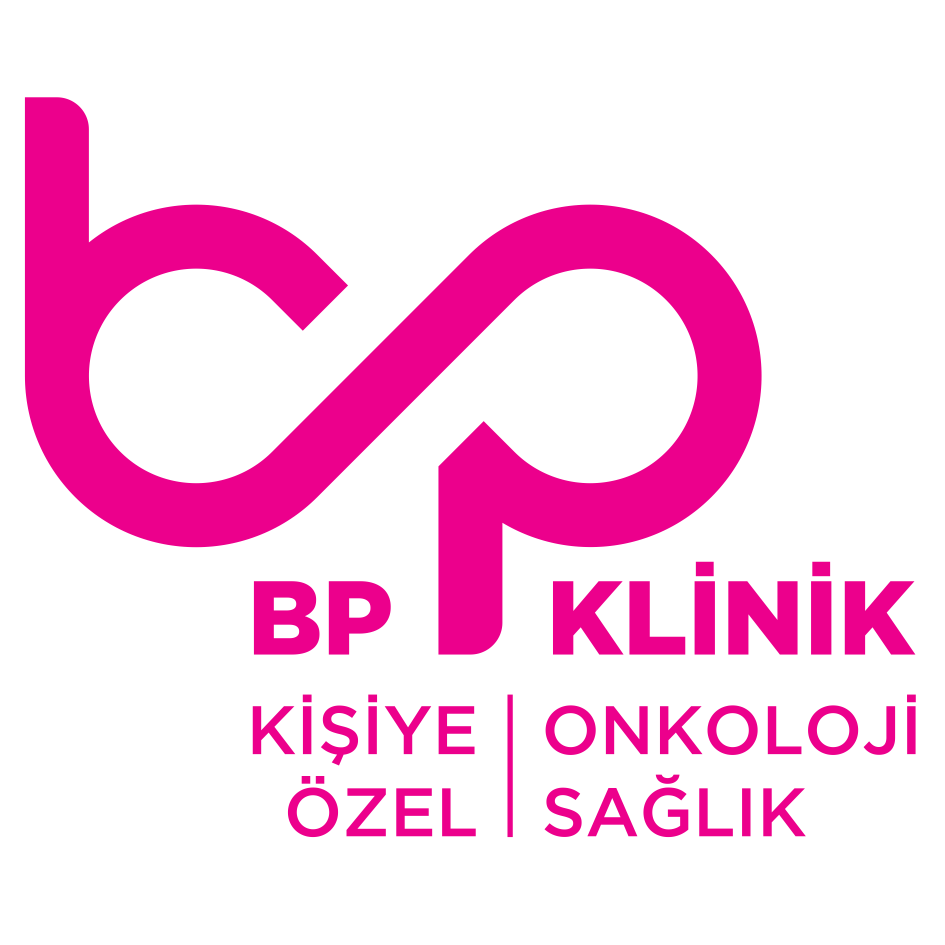What is Lymphedema?

The lymph fluid formed as a result of the cellular activities of our body is collected through the lymphatic vessels from within the tissues. The accumulation of protein and water between the tissues and formation of oedema is called lymphedema. Oedema can occur in cases where the lymph channels are insufficient, in the obstruction or destruction of the lymph channels, or in a disease.
Damage to the lymph nodes due to surgery or radiotherapy after breast cancer and abdominal surgeries may cause lymphedema in the arm, or lymphedema may develop in the legs due to congenital lymph nodes or insufficiency in the lymphatic pathways.
Although it is often seen in the legs and arms, it can occur in any part of the body. It can be very uncomfortable due to oedema formation in the arm or leg, feeling of tightness, heaviness and pain. Infection may also occur in the superficial tissue (cellulitis). A long-term oedema may cause immobility with stiffness in the arm or leg. Lymph channels can be damaged by injury, infection, surgery, or radiotherapy.
Lymph fluid filtered that is from the lymph nodes, enters the bloodstream. The purpose of this circulation is to remove and prevent bacteria that may cause skin and subcutaneous infections. The protein-rich lymphatic fluid carries the bacteria, viruses and other wastes it collects to the lymph nodes through channels, where wastes and microbes are destroyed by the cells. If this circulation is interrupted due to various reasons in the lymph nodes or lymphatic pathways, lymph fluid begins to accumulate in the tissue.
How Is Lymphedema Drainage Done?
It includes applications such as manual lymphatic drainage massage, bandaging, compression, compression garments, personalized exercise protocol, kinesiology taping and electrotherapy. Although the treatment varies according to the severity of the disease, the treatment of lymphedema takes an average of 20-30 sessions, between 2-8 weeks.
Lymph drainage massage is the most important application specially to reduce oedema. It is a massage that extremely light, monotonous, slow, rhythmic; which is applied to the skin surface. It accelerates the flow of lymph fluid. Also, provides comfort by minimizing swelling. With lymph drainage massage, lymph flow is supported and swelling caused by oedema can be reduced. Lymph drainage massage purifies our body from toxins, bacteria, germs, chemical wastes and excess fluid and strengthens our resistance system.
What Should Patients With Lymphedema Pay Attention To?
Care and protection of the limb with lymphedema is very important. There are some issues that the patient should pay attention to in order for the success of the treatment to continue after the treatment. The skin should be kept clean and thoroughly dried, not left damp. Attention should be paid to skin care and flexibility, and moisturizers with very low oil content such as oil-free creams, body milk, body lotion should be used for moisturizing. Antifungal powders should be used to prevent sweating and fungal growth on the skin on hot days.
Cuts, cat-dog scratching and blows are situations that should be avoided as they will cause infection and damage to the lymphatic tract. Patients with lymphedema should take care to avoid hot water, hot spring water, sunbathing, and instead to keep the oedematous arm or leg cold. Excess weight, unbalanced diet, insufficient and excessive exercise, exposing the limb to excessive heat, traveling, carrying heavy things, and squeezing the affected arm or leg (for example, blood pressure measurement, tight watch, tight clothing) increase lymphedema. Repetitive, strenuous movements can worsen the oedema.
Manicure and injection should not be done on the affected arm, and blood pressure should not be measured on that arm. Affected calluses should not be cut, but should be protected with emollient creams. When cutting nails, care should be taken not to cut the skin. Razors should not be used, unwanted hair should be removed with the help of a razor. Gloves must be worn to avoid cuts while working in the kitchen or garden. Sunburn should be avoided, high protection factor sunscreens should be used while sunbathing, and the limb should never be exposed to the sun for a long time. Compression stockings often do not protect from the sun and can cause limb burns.



